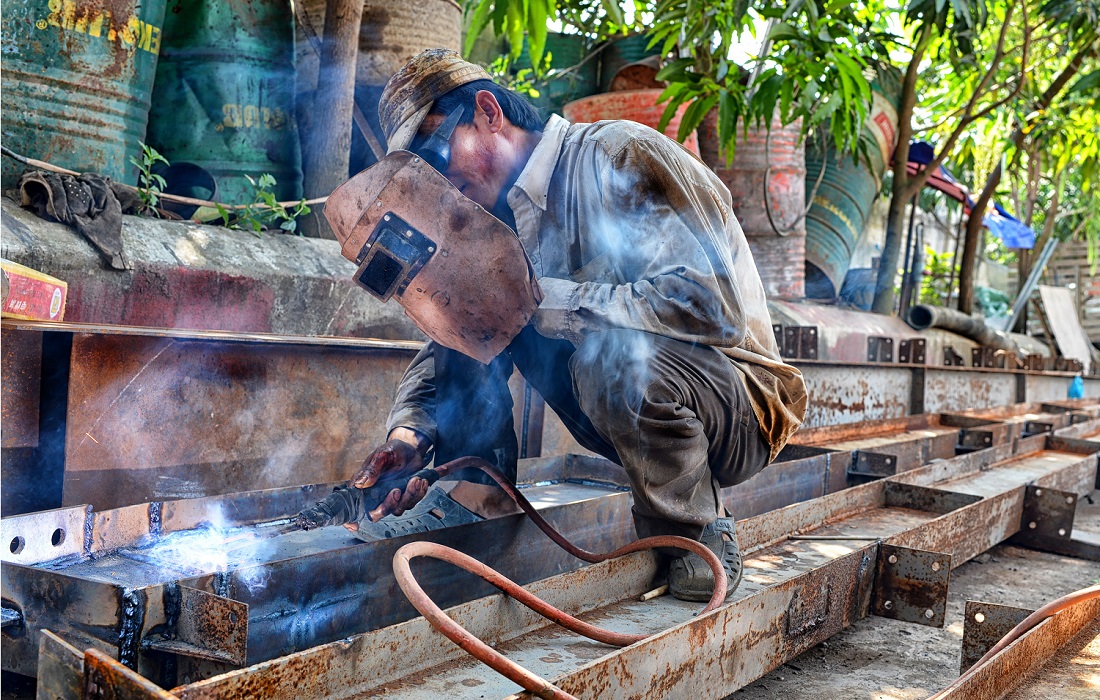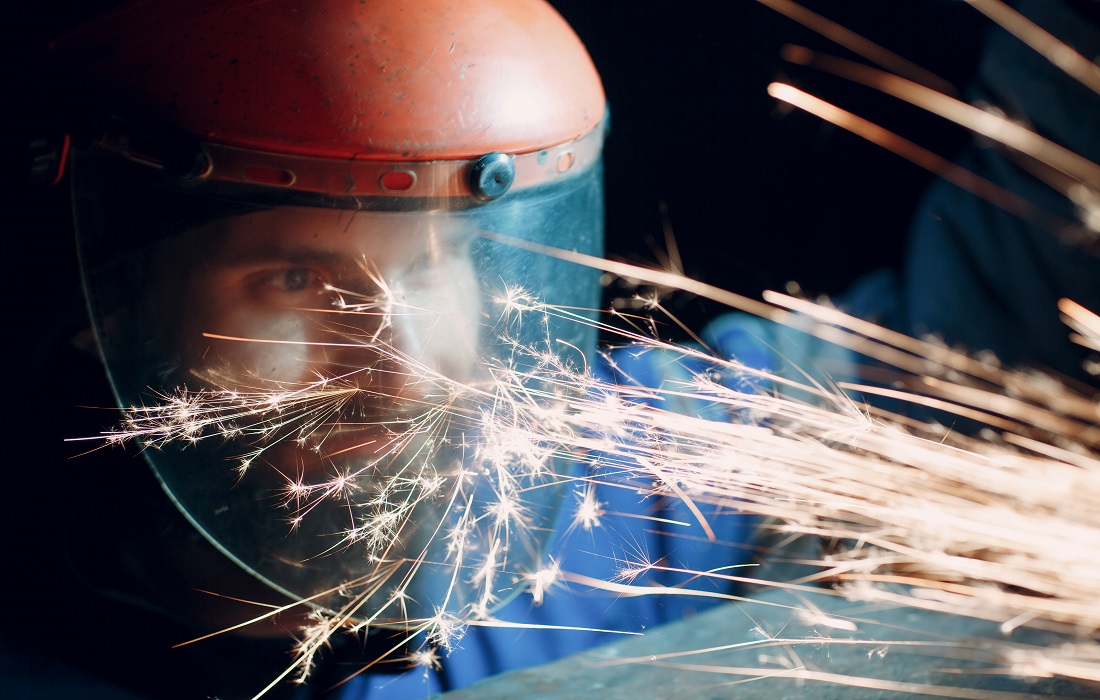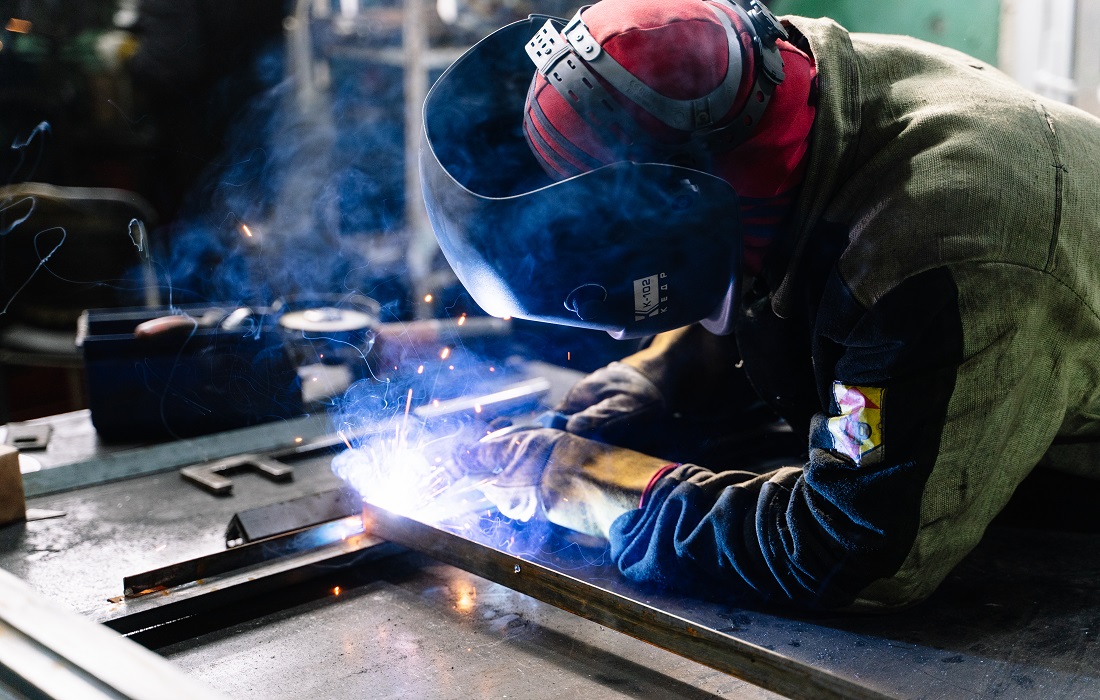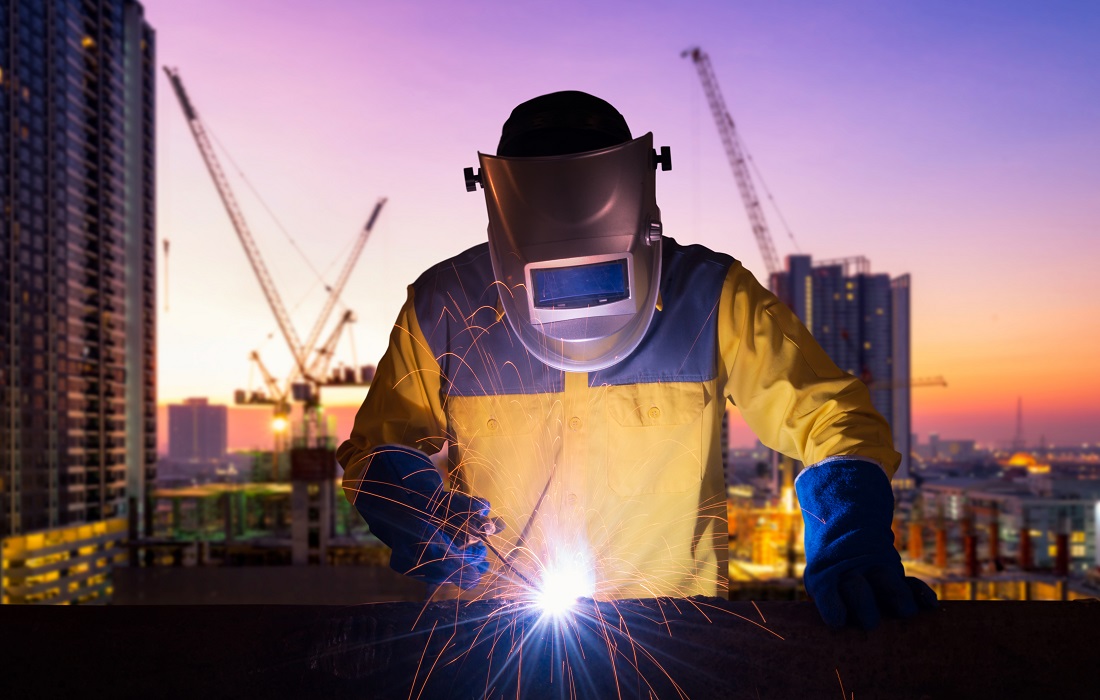In the past 100 years, welding has become an important technical skill in the manufacturing and fabrication fields. The basic purpose of welding is to join or fuse two or more parts using high-temperature, electric-powered heat. Welders generally operate with metals or thermoplastics and use strong filler material to bind them together.
Manufacturing stands as a key pillar of the economic sector in the United States. The United States is the second-largest manufacturer in the world, contributing a record $2.85 trillion in 2023. Over 402,333 welders are working in the United States, with 6.1% women and 93.9% men. And over 60% of these welders are employed in the manufacturing sector, like car factories, mines, telecommunications plants, agriculture, and more.
No doubt, with ongoing technological advancements, welding has become a faster and more efficient process. This process also presents a valuable opportunity for wholesalers and distributors to market their products, like the most important piece of welding cable and other personal protective equipment (PPE) such as helmets, glasses, masks, gloves, boots, etc., which currently support the welding industry. All of these products are available with a complete and proper guide for welders.

Welding and its Different Types
What is welding? Welding is the process of fusing two or more materials by heating. Much like how a packing tape dispenser binds carton flaps together, which is important for the export industry, welding similarly joins separate metal parts, which is important to manufacturing industries. Welding is an important process for any country’s economic growth in the manufacturing sector. There are several welding processes, each with its characteristics and applications. Here are some common welding processes used in industries.
1. MIG welding (Metal Inter Gas)
MIG welding is an easier type of welding to learn for beginners, although it is also commonly called gas metal arc welding (GMAW). In MIG welding, an electric arc is formed between a consumable wire electrode and the workpiece, and this arc produces heat to melt and join the metal pieces together.
2. TIG Welding (Tungsten Inter Gas)
TIG welding is one of the most difficult welding techniques. Also called gas tungsten arc welding (GTAW), TIG welding uses a non-consumable tungsten electrode to produce an electric arc that melts the base metal and, if necessary, allows for the addition of a separate filler material.
3. PAW Welding (Plasma Arc Welding)
PAW is an advanced welding process that shares some similarities with gas-tungsten arc welding (GTAW or TIG welding). In plasma arc welding, an electric arc is formed between a tungsten electrode and the workpiece, and the arc is constricted through a fine-bore copper nozzle. This constricted arc results in the creation of a high-temperature plasma jet that can reach temperatures of up to 30,000 degrees Celsius. The intense heat generated by the plasma arc melts the workpiece, and if necessary, a filler metal can be added.
4. EB (Electron Beam) and Laser Welding
Both electron beam welding (EBW) and laser welding are advanced welding processes that use focused energy sources to create high-quality welds. EB welding utilizes a focused electron beam, while laser welding uses monochromatic coherent light (photons). These powerful welding techniques are suitable for both small implantable medical devices and large spacecraft parts.
5. Gas welding (Oxyacetylene)
Gas welding is a process that relies on the combustion of oxygen and acetylene to generate a hot flame, with temperatures reaching approximately 3,200 degrees Celsius. This flame is produced within a handheld torch or blowpipe, enabling the melting and joining of metals.

Health risks from welding
Here are three major health issues that are faced by welders: So, all welders need to be familiar with these health risks and aware of welding safety rules.
All multinational companies provide insurance claims in case of any unexpected injuries, so don’t forget to submit the claim form. This claim acts as a safety net against financial losses.
Lung Cancer
Many experts say that welding fumes increases the risk of lung cancer. The International Association for Research on Cancer (IARC) classifies all welding fumes as Group 1 carcinogens that can cause lung cancer.
Safety Tips: Wearing masks properly can reduce the risk of lung cancer. Research recommends the 8233 N100 mask and N95 masks as the most effective options for welders.
Face-Burning issue
A welding arc can cause burns on unprotected skin, much like the effects of direct sunlight, especially when nickel and chromium released during welding processes may cause skin issues.
Safety Tips: Keep the welding torch as far away from your body, especially your face, when welding due to hazards, while keeping yourself hydrated and your skin moisturized.
If you want to enhance the glow of your face, consider the RF microneedling process to enhance your facial beauty. The microneedle rf process is a popular beauty trend, creating smooth, glowing skin without the pain. But if you are facing skin problems due to welding, it is recommended that you consult with a dermatologist or healthcare professional for advice and treatment options. While RF microneedling may offer benefits for certain cosmetic concerns, it is not a solution for skin issues specifically related to welders.
Flash Burn or Arc Eye
Welding without proper protection causes an acute injury to the front of the eye (the cornea), which is called a flash burn or arc eye. It may also damage other parts of the eyes by exposure to the radiation produced in welding.
Safety Tips: What are the safety precautions during arc welding? Always wear good-quality eye protection equipment, like welding helmets with a darkened shield, to shield against intense light and sparks. and use safety glasses underneath for added protection. Regular eye check-ups are essential for the early detection of any issues.

Conclusion
This step-by-step guide helps c and practically contributes to the country’s economic growth using advanced welding techniques. It also stresses the importance of following safety rules to prevent injuries. By following this guide, welders can upgrade their skills and create a safe working environment to develop the welding industry.

